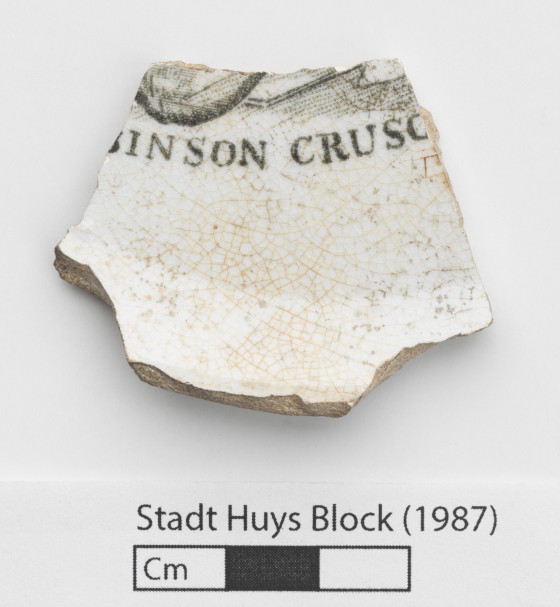Introduction: Lots 8, 9, and 15 are modern designations for adjacent parcels of land that were owned together and used as a single property until the early 1830's. Excavations produced important discoveries like that of the Colonial-era Lovelace Tavern, proving that significant archaeological resources could still exist in urban spaces. Project archaeologists were able to lobby for increased time and funds to continue their work on the strength of these finds, leading to additional discoveries. In all, the project provided considerable information about the history of New York City and its inhabitants from the 17th to the 20th centuries.
Rationale: Test Cut T was an exploratory trench placed in the backyard of Lot 9 to assess the integrity of the stratigraphy underlaying a modern cement floor. Importantly, the excavations of the test cuts in the backyard of Lot 9 revealed that this area was the most archaeologically intact on the entire project. This means that many archaeological features, artifacts, and intact stratigraphical layers were discovered during testing. Therefore, Test Cut T is an important resource for understanding the historical development of Lot 9.
Results: This layer is comprised of a 7-inch thick, early-20th-century fill found only in the southern part of Test Cut T.
Lot 9, Test Cut T, Stratum V, Level A
-
Collection method
Shovel, Trowel, Brush, Screen (1/4-inch mesh). Natural Layer.
-
Soil description
Dark Brown Sand with Coal and Water-Worn Pebble-Fill



